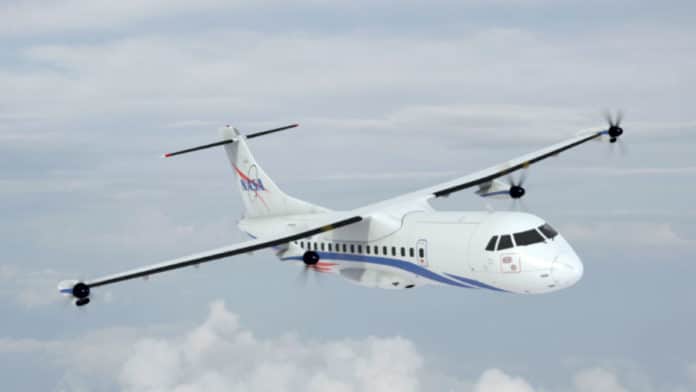NASA seeks to improve environmental sustainability by replacing or boosting fuel-burning aircraft propulsion systems. It has awarded contracts with a combined worth of more than $250 million to two US companies to support its Electric Powertrain Flight Demonstration (EPFD) that will rapidly mature and transition integrated Electrified Aircraft Propulsion (EAP) technologies through ground and flight demonstrations.
Through the EPFD program, NASA seeks to introduce EAP technologies to US aviation fleets no later than 2035, supporting short-range and regional commercial air travel, as well as single-aisle seat transports.
The total combined value for the awards is $253.4 million, and the work will be conducted over the next five years. GE Aviation (GE) of Cincinnati took $179 million, and the rest went to MagniX USA Inc of Redmond, Washington.
For five years, both companies will conduct ground and flight test demonstrations of their EAP technologies applicable to commercial aircraft transports. They will collaborate with other NASA projects on development, flight instrumentation, and data analysis.
“GE Aviation and MagniX will perform integrated megawatt-class powertrain system ground and flight demonstrations to validate their concepts and project benefits for future EAP aircraft configurations,” said Gaudy Bezos-O’Connor, EPFD project manager at NASA’s Langley Research Center in Virginia. “These demonstrations will identify and retire technical barriers and integration risks. It will also help inform the development of standards and regulations for future EAP systems.”
NASA’s EPFD Project is part of the agency’s Integrated Aviation Systems Program (IASP), which conducts flight-oriented, system-level research and technology development to mature and transition advanced aeronautic technologies into future air vehicles and operational systems. IASP focuses on the execution of highly complex flight tests and related experiments to support all phases of NASA‘s aeronautics research.
“By taking these concepts to flight, NASA and its partners will accelerate the transition of EAP technologies into commercial products and be a catalyst for economic growth,” said Robert Pearce, associate administrator for the Aeronautics Research Mission Directorate at NASA Headquarters in Washington. “We expect to realize significant improvements in the economic and environmental performance of subsonic transports through the incorporation of these novel alternative propulsion and energy technologies into the fleet.”
